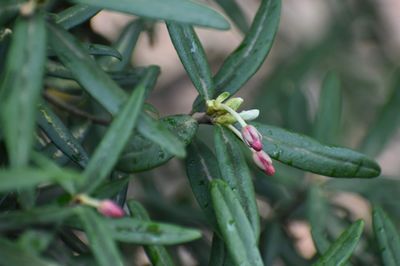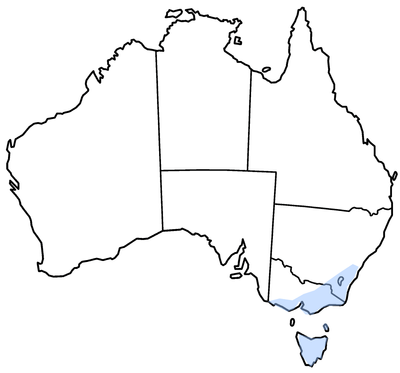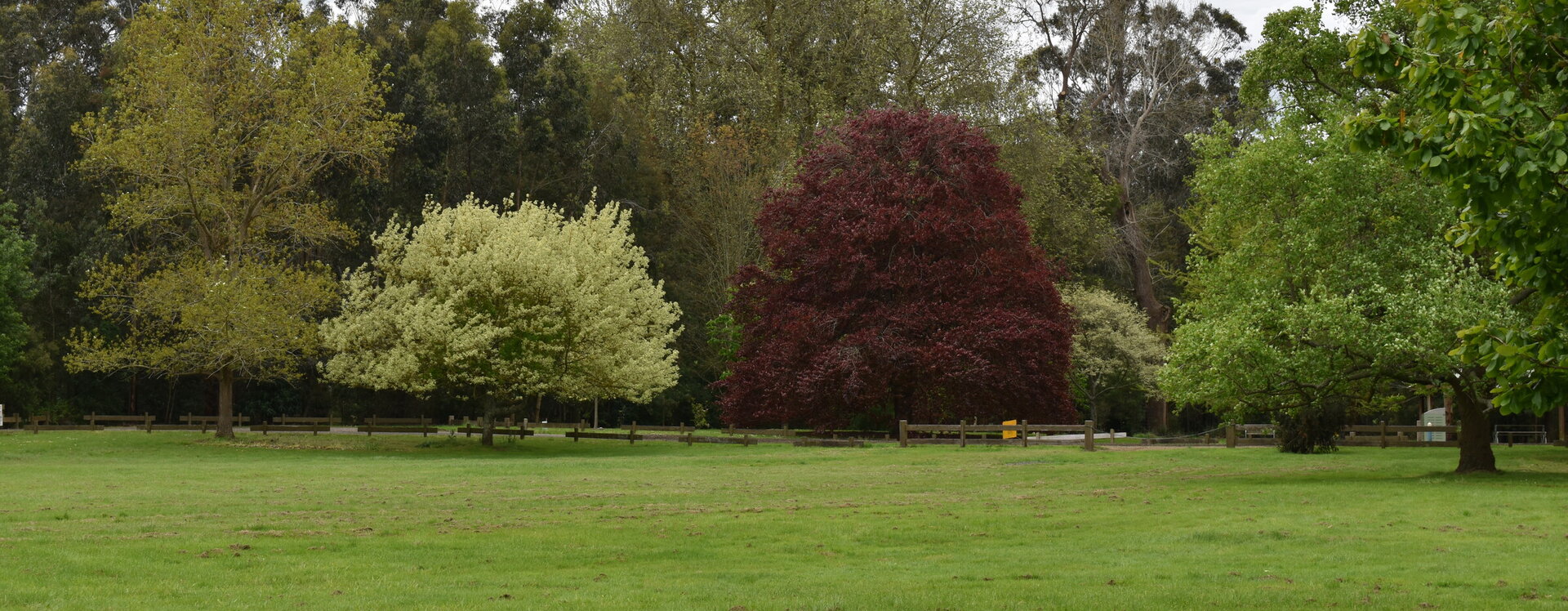




Pittosporum bicolor
Pittosporum
Pittosporum bicolor, commonly known as cheesewood or banyalla, is a flowering shrub or small tree of the Pittosporaceae family, and is native to south eastern Australia. It is common and widespread, growing as an understorey plant in temperate wet sclerophyll forests of south eastern New South Wales, Victoria and Tasmania.Leaves are narrow, and vary in shape from being lanceolate to slightly ovate. They are typically 2–8 cm long and 5-18mm wide, margins are flat or distinctly recurved, with an obtuse to subacute apex. They are alternately arranged along the stem, and, as the name suggests, are most distinct in the contrasting colours of the leaf surfaces. The adaxial surface being a glossy dark green colour, and the abaxial surface being light green to silver-grey in colour. The abaxial surface is heavily coated in fine white hairs, and occasionally the adaxial surface will also have a sparse coating of white hairs.
Flowering occurs in spring. The attractive flowers typically occur at the nodes, and may be solitary, terminal or occur in small groups. The flowers are bell shaped, and the perianth consists of 5 sepals, which are 5-6mm long and slightly curve inwards at the apex, the lower surface is coated in fine white hairs. The 5 petals are 8-11mm long and are significantly recurved. The outside colour may vary from dark burgundy red to yellow, and is typically lighter on the inside. Each flower typically houses 5 stamens and a single pistil, the ovary is superior and heavily coated in fine hairs. Each flower occurs on a long pedicel which is coated in fine hairs. The fruit is a globose woody capsule, it is covered in fine white hairs, and varies in colour from orange to brown as it matures. The mature capsule splits in half to expose rows of 8-20 red or orange sticky seeds. Conspicuous dark valves can be seen on the inner face of the mature, open, capsule. The bark is grey to light brown in colour, and varies from a smooth and somewhat scaly in appearance lower down, to a rougher and papery appearance higher up. This plant grows in a conical shape, and typically achieves 2–10 metres in height.
108.00 Location C10 Latitude; -38.402297000000 Longitude; 146.055458000000
108.01 Location Many specimens form part of the Tarwin River bank restoration plantings by the West Gippsland CMA in 2009/11

